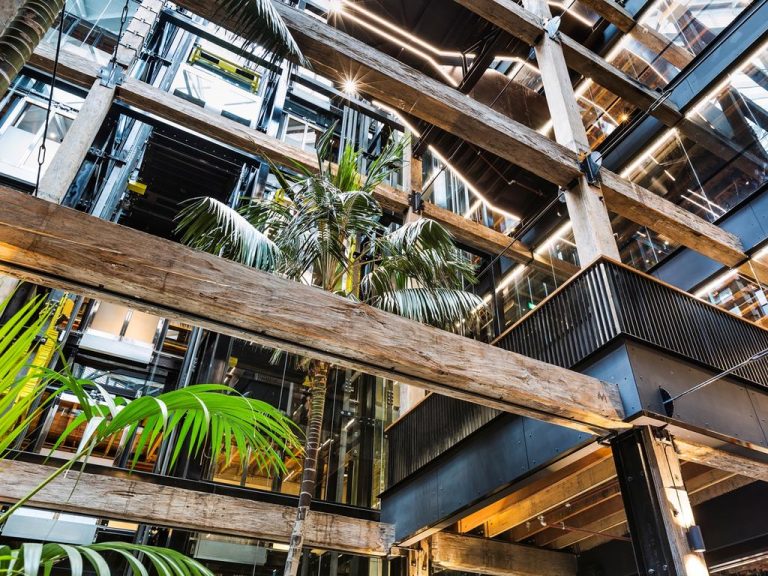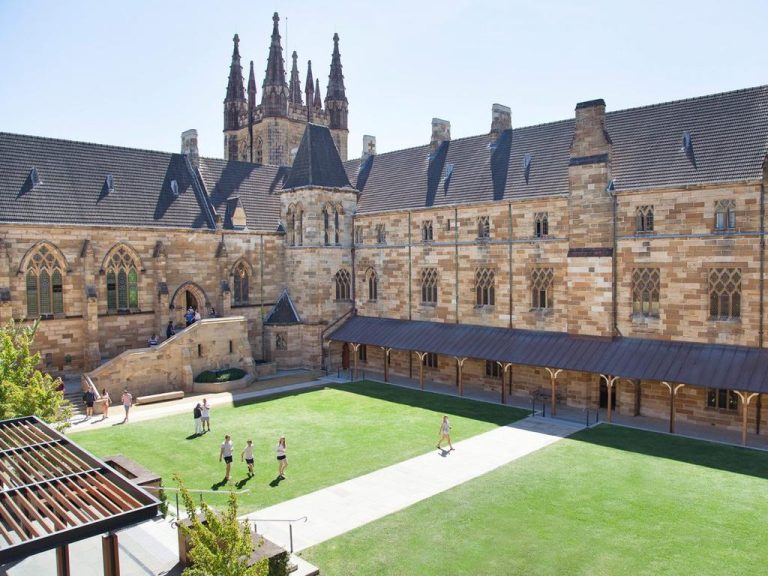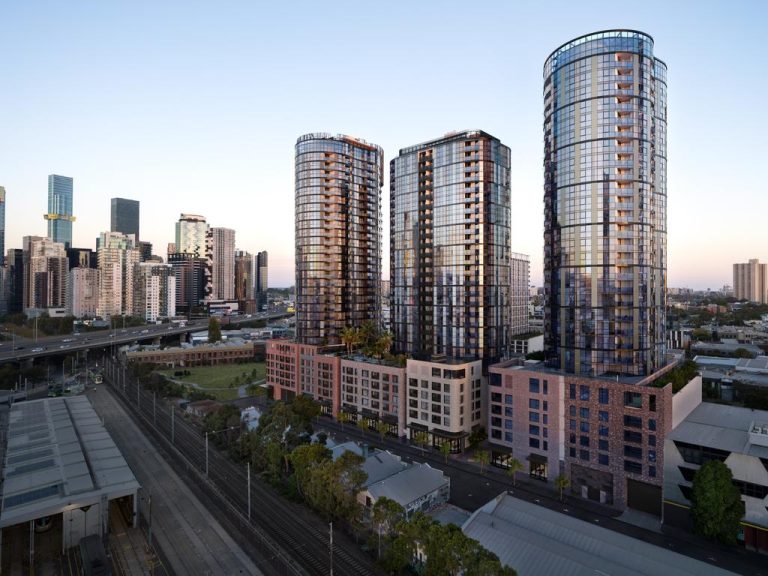Developers bear cost of Sydney’s push for 40,000sq m of culture

Sydney’s Oxford Street is set to be revitalised under a new plan that includes the provision of cultural space.
Property developers will be called upon to deliver space equal to Amazon’s Sydney headquarters by 2036 under a costly City of Sydney plan to increase cultural space.
The need to renew cities in the wake of the pandemic is taking on greater urgency as major landlords try to entice workers back to major centres.
And there is widespread support for the concept of bringing back live entertainment, galleries and museums, and making space for artists who would otherwise be priced out.
The ambitious plan, which is seeking to spur development of an additional 40,000sq m, arrives after cultural space in Sydney dropped by more than 100,000sq m according to the latest audit, with a further drop expected by 2023.
Sydney partly stakes its claim to being Australia’s gateway city on its cultural smarts and its moves come as great rival, Melbourne, looks to spark activity there via a $200m city revitalisation fund.
Across Sydney there’s more than 1.5 million square metres of cultural space within buildings and developments that is used to host events, display art and provide room for the production of television and music.
That space is delivered by 1855 businesses and organisations, who often front its burden and cost.
The council’s plan to increase cultural space has been met with some resistance by developers, many of whom are unsure of the commitment being asked of them and a lack of clear guidelines.
Some have warned they now fear the provision of cultural space within their developments may become part and parcel for all major projects.

Toga and AsheMorgan’s vision of their new Oxford and Foley development, which is reviving three old buildings, includes a shared laneway developed with prominent public art alongside cafes, bars and boutique stores.
Urban Taskforce chief executive Tom Forrest warned that when demanding cultural space, it was important to remember that “there’s no magic pudding” and “developers aren’t a charity”.
“If you keep saying ‘oh, the developer can pay for that’ and you don’t increase the height, or you don’t increase the developable floor area to compensate for the fact that there are increased costs, the only choice the developer has is passing the (extra) costs on to the end consumer,” Mr Forrest said.
Cultural space is not yet “a typical requirement for development applications” in Sydney, but it is becoming more common, and more favourable.
When the City of Sydney delivered its plan to revitalise Oxford St, cultural space became a trade-off for development space. Developers who wanted to build two storeys on top of their existing buildings had to reserve room for artists.
“To qualify for the extra two storeys, cultural and creative floorspace needs to be at least 10 per cent of the overall floorspace of the development,” a council spokeswoman said.
Toga and AsheMorgan, behind the redevelopment of 60, 90, and 120 Oxford St, which received development approval in May, obliged.
Toga managing director Allan Vidor said the new development, to be known as Oxford and Foley, would “activate” Foley St and see a shared laneway developed with prominent public art alongside cafes, bars and boutique stores.
“Our planned development will pay homage to the historic buildings along Oxford St while breathing new life into an iconic location for the local community, attracting cultural, creative, tech and start-up companies, plus visitors, and tourists,” he said.
A spokeswoman from Toga and AsheMorgan said reserving 10 per cent of ground floor area for cultural and creative space was non-negotiable with council. “The JV partners are actively seeking precommitments from tenants that suit these types of uses,” she said.

When the City of Sydney delivered its plan to revitalise Oxford St, cultural space became a trade-off for development space.
A City of Sydney spokeswoman confirmed the council had the power to enact “planning controls to encourage investment” in cultural space. And while developers are not forced to wear the rental costs, they are limited to who occupies the space.
“Leasing arrangements, including for those using the area for cultural space, would be between landlord and occupant, which means they’re likely to pay rent,” the spokeswoman said. “However, by reserving the area, it limits the people who are eligible to occupy the space meaning artists would not compete against purely commercial enterprises.”
Mr Forrest said the trade-off on Oxford St was a “step in the right direction”.
“It’s just a question of whether or not those two stories can actually pay for the cultural space being asked of developers,” he said. “If it can then that’s good and they’ve made the right call in that regard, I would support it conceptually but I would say it’s subject to testing the feasibility.”
Last weekend, Sydney Lord Mayor Clover Moore opened the Creative Studios in the Sydney CBD on Bathurst St, a five-storey, 2000sq m cultural space inside a Greenland Australia building.
A council spokeswoman said the building offered “state-of-the-art production and rehearsal space for dancers, musicians, film and theatre makers and digital and visual artists”.
Under the 2030-2050 Sustainable Sydney Continuing the Vision plan, the council is seeking to deliver 40,000sq m of cultural space by 2036.
The council said it had already begun working with developers to identify issues affecting the development of cultural space. It also admitted that many would front the costs.
“The City of Sydney recognises that this target cannot be achieved alone but through private sector investment,” a spokeswoman said.

The Creative Studios on Bathurst St, Sydney.
Mr Forrest said cultural space was just another form of infrastructure that developers were being asked to pay for with little recognition of the impact it had on developments.
If the provision of cultural space reduced the profit ratio of a building then developers would struggle to find funding for projects, he said.
“What the banks do is, they don’t care they just go, ‘you must demonstrate us a feasibility that shows that there’s a market to purchase something that you’re building with a margin of 15 per cent because 15 per cent reflects the risk that we think is associated with us giving you the money for this particular type of development,” he said.
“If you can’t show that you’re going to make 15 per cent, the banks won’t lend you the money so you can’t construct. So it’s not us being greedy. They’re the ones that have placed that premium on it.”
UTS head of school of architecture Deborah Ascher Barnstone said cities with rich cultural life often had enriched economies due to their attraction and that Sydney had suffered “far-reaching ramifications” over the loss of cultural space.
“Sadly, too often, decisions on how to preserve such spaces are governed by short-term considerations or narrow self-interest – often on the side of property developers,” she said.
“The irony is that while the cost of setting aside affordable space for culture may seem high in the short-term, it will positively affect the pocketbooks of investors in the long term. By making the city more desirable, cultural spaces help attract more residents to inner city development.”







